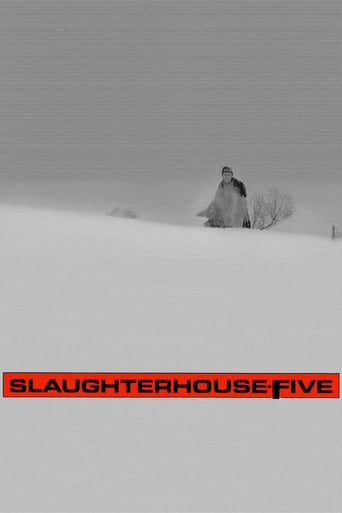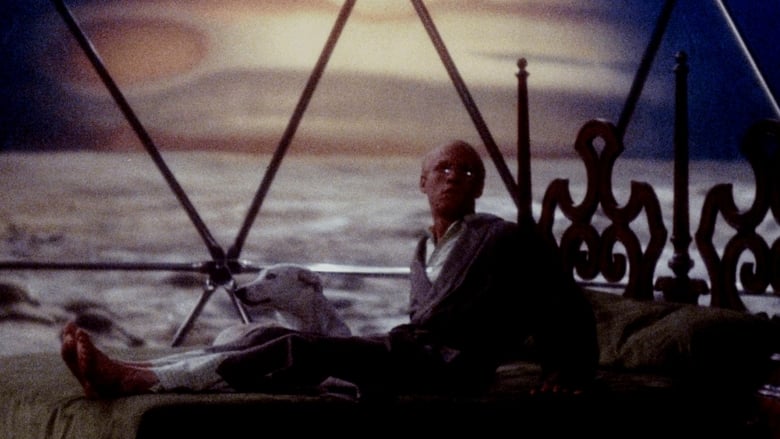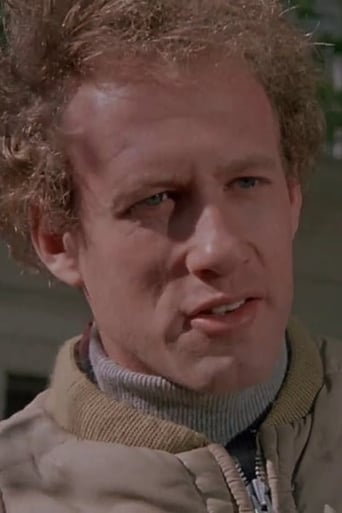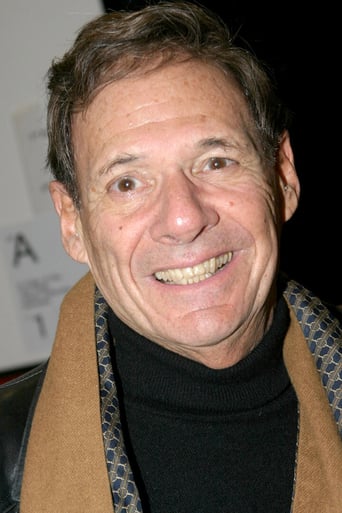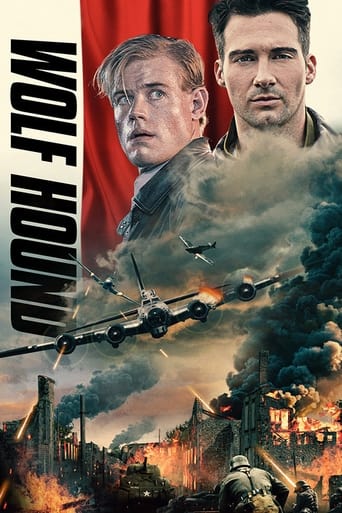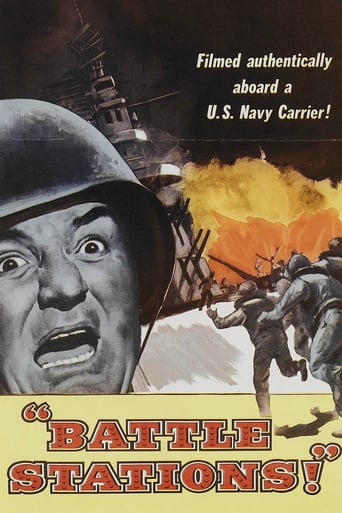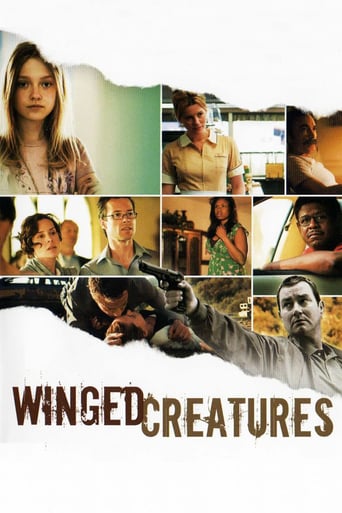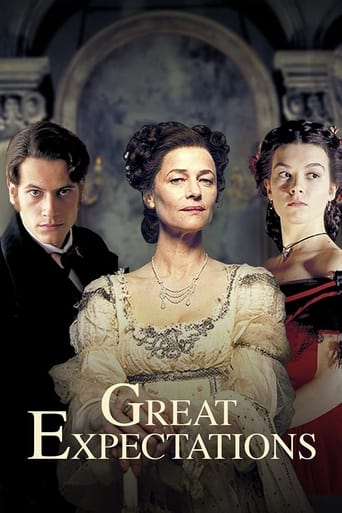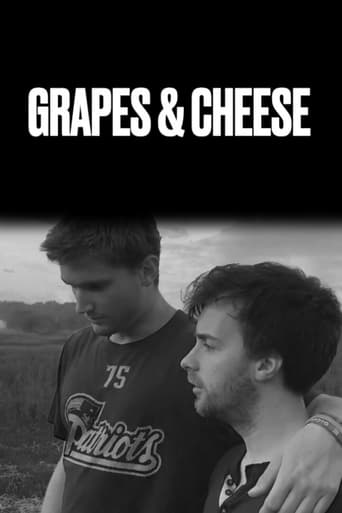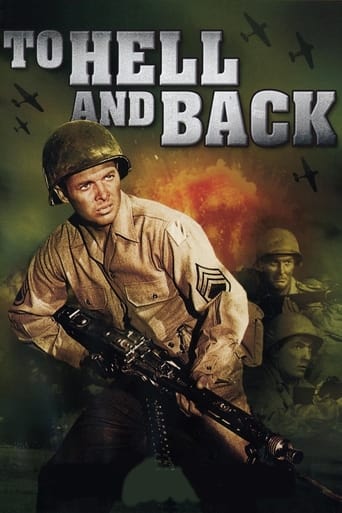Slaughterhouse-Five (1972)
Billy Pilgrim, a veteran of the Second World War, finds himself mysteriously detached from time, so that he is able to travel, without being able to help it, from the days of his childhood to those of his peculiar life on a distant planet called Tralfamadore, passing through his bitter experience as a prisoner of war in the German city of Dresden, over which looms the inevitable shadow of an unspeakable tragedy.
Watch Trailer
Free Trial Channels
Cast


Similar titles
Reviews
The greatest movie ever!
Let me be very fair here, this is not the best movie in my opinion. But, this movie is fun, it has purpose and is very enjoyable to watch.
The movie really just wants to entertain people.
Through painfully honest and emotional moments, the movie becomes irresistibly relatable
I got hooked by Kurt Vonnegut early on. I must say that I thought to myself many times, you just can't turn these book into movies, from "Sirens of Titan" to "God Bless You Mr. Rosewater." I guess "Slaughterhouse Five" is Vonnegut's magnum opus. It is a wonderful book, but it banks on time travel and a kind of cerebral narration. The movie tosses these things around for us and we get to see visually what is going on with Billy Pilgrim, but it is disjointed and disappointing. There are striking moments, especially having to do with World War II prisoners and the cruelty of the Germans. However, Vonnegut was most taken with the Dresden fire bombing, where people suffocated as the fires sucked the oxygen from the air. The city was destroyed. I had the good fortune to visit Dresden this summer. It has been completely rebuilt to look like it did before the war. Remarkable representation of the human spirit. War is, indeed, hell. How I felt for those people who were really not responsible for that war but paid a huge price.
The summary is great fiction and great imagination.I believe that must seen (by most people who likes science fiction movies.)I haven't read the novel(by Kurt Vonnegut)yet but I think about that. Time, love, war, hate,religion,place.. These are you'll think about while watch movie...Congrats toMaster director George Roy Hill. Cast is very rich and act is enough well. Nowadays we can hardly find original stories and ideas. I wish i could gave sample movies to compare with it but I can't.I liked this film because it is... This movie is evergreen. Maybe Wecan see remark of it. Less it deserves 8.5 and over ratings.
Slaughterhouse-Five (1972)Slaughterhouse-Five, by Oscar Award-winning director George Roy Hill, does a beautiful job of visually depicting the incredibly bizarre, guiltily comical, and thought provoking work of its literary counterpart by Kurt Vonnegut. Billy Pilgrim, a nothing-out-of-the-ordinary World War II veteran played by Michael Sacks, recounts his, and subsequently Vonnegut's, experiences from the war, particularly the horrific fire bombing of the German city of Dresden. The characters of Pilgrim's overweight wife Valencia (Sharon Gans), son Robert (Perry King), and daughter Barbara (Holly Near) all help to create the idea of a normal American family, unmarred by the atrocities of war. Billy's seeming lunacy is a stark contrast to their normalcy. Both the film and book travel through different times of Billy's life, due to his obsession with the Tralfamadorian concept of time, and also his attempt to cope with traumatic experiences by revisiting past events. Although dramatically "time-tripping" through three general periods of time, the movie does manage to convey a chronological progression of happenings, escaping from past stressful or violent circumstances to dwell in more peaceful or happier times in the present. In the war, Billy, then serving as a chaplain's assistant, is captured behind enemy lines during the famous Battle of the Bulge, and becomes a prisoner of war. He and the fellow P.O.W.s, including fatherly Edgar Derby (Eugene Roche), vulgar Roland Weary (Kevin Conway) and bloodthirsty Paul Lazarro (Ron Leibman) are shuffled into a German prisoner of war camp, and then packed like animals into train cars bound for Dresden, Germany. Once in Dresden, they are introduced to their new home, and the novel's namesake, Slaughterhouse-Five, an abandoned slaughterhouse sixty feet underground. Throughout the movie, one may observe that much of the music used is upbeat classical music, a stark contrast to the brutal background of war. The entire soundtrack consists of six pieces by Johann Sebastian Bach, which created what felt to me like an ironic tone. The music helps to transfer over Vonnegut's feeling of uncomfortableness that he creates in the novel. Also in the movie there are scenes where the sounds from one scene of Pilgrim's life are imposed on or intertwined with the sounds from another time. One instance of this is near the very beginning of the film when Billy sits at a typewriter, documenting his experiences on Tralfamadore. Each plunk of his finger on a key reverberates as a sharp gunshot and as he continues to type the sounds transform into an entire war scene and we have time-tripped into Billy's past. Right off the bat, I was wary of a film version of such a hauntingly strange novel, but after watching it I feel that George Roy Hill really managed to accurately create an incredible film based off an equally incredible book. Superior acting, a beautiful sound track, and thought- provoking characters and situations all combine to create a film like no other.
On December 22, 1944, during the sixth day of the Battle of the Bulge, Kurt Vonnegut, Jr., a 22-year-old battalion scout with the 423rd Regiment, 106th Infantry Division, was captured (along with 7,000 of his comrades) by advancing German panzer forces. As a P.O.W. he was subsequently sent to Dresden, "the Florence on the Elbe." Though the city, an ancient cultural center, had no military installations or air defenses, the Allied High Command decided to firebomb it, presumably as payback for the German bombing of Coventry earlier in the war. In three separate air raids on February 13-14, 1945 (ironically Shrove Tuesday and Ash Wednesday) hundreds of RAF and USAAF bombers dropped more than 700,000 phosphorous bombs on Dresden's 1.2 million defenseless civilians (its population nearly doubled by refugees fleeing Breslau just ahead of the Russians). The resulting firestorm, reaching temperatures nearing 3,000 degrees Fahrenheit, obliterated 1,600 acres in the center of the city and incinerated more than 135,000 people. One of only seven Allied POWs in Dresden to survive the bombing, Vonnegut was assigned to corpse recovery and burial detail. The overwhelming horror he experienced in Dresden would haunt him for the rest of his life, indelibly coloring his view of life and all his work as a fiction writer. Indeed, the trauma of Dresden was so great that Vonnegut could not write about it directly for more than twenty years. After returning to Dresden on a Guggenheim Fellowship in 1967, Vonnegut finally wrote 'Slaughterhouse-Five, Or The Children's Crusade: A Duty-Dance with Death' (Delacorte, 1969), a powerful, fatalistic anti-war novel that blends fact, fiction, and science fiction in inimitable Vonnegut fashion. Though a critically acclaimed National Book Award winner and a bestseller, 'Slaughterhouse-Five' also garnered considerable controversy, allegedly for its frank language and sexual references, but more probably because it contradicted the established mythology of WWII as "The Good War" by focusing on an irrefutable Allied war crime of truly monstrous proportions. Three years after the novel's publication director George Roy Hill ('Butch Cassidy and the Sundance Kid') brought out a film version scripted by novelist-screenwriter Stephen Geller ('Pretty Poison') that is remarkably faithful to the literary text. The movie stars Michael Sacks as Billy Pilgrim, a passive, mild-mannered optometrist of Illium (Ithaca, NY—Vonnegut attended Cornell) New York who somehow becomes "unstuck in time," i.e., he spontaneously finds himself bouncing between past, present, and future moments of his life. The signal event of his past is, of course, the Dresden firebombing. In some other moment Billy is abducted by a race of space aliens and taken to the planet Tralfamadore, where he is studied and then compelled to mate and have a child with Montana Wildhack (Valerie Perrine), another kidnapped earthling who just happens to be a voluptuous movie star. Absurd as it sounds, the abrupt jumping between these three scenarios—Dresden, postwar suburban America, and another planet—allows book and film to evocatively represent the Dresden atrocity, satirize the emptiness of post-war American consumer culture, and philosophize about war, human nature, and the meaning of life in general. A moderate hit at the box office—despite going head-to-head with 'The Godfather'—'Slaughterhouse-Five' won the Jury Prize at Cannes but received no Oscar nominations. Usually disappointed with film adaptations of his work, Kurt Vonnegut judged George Roy Hill's film an "artistic success." VHS (1998) and DVD (2004).

